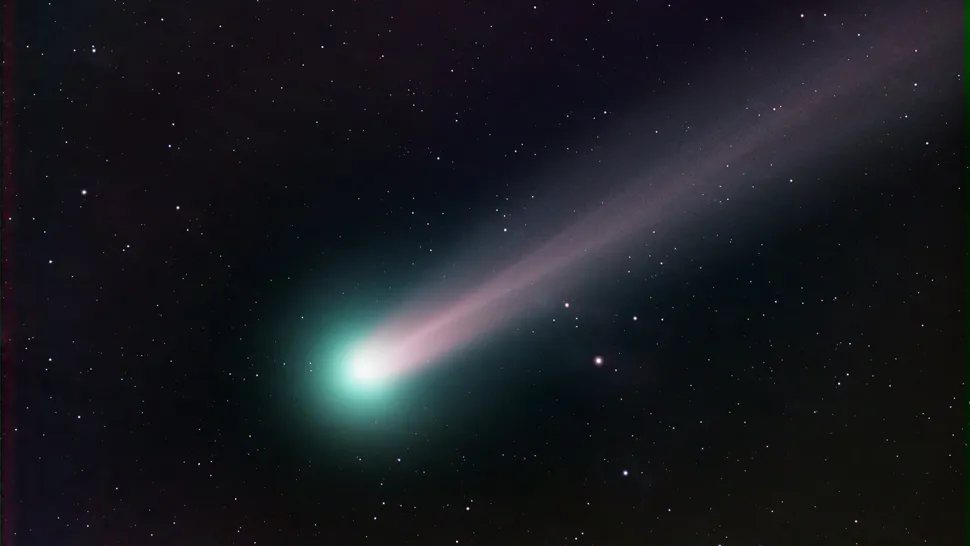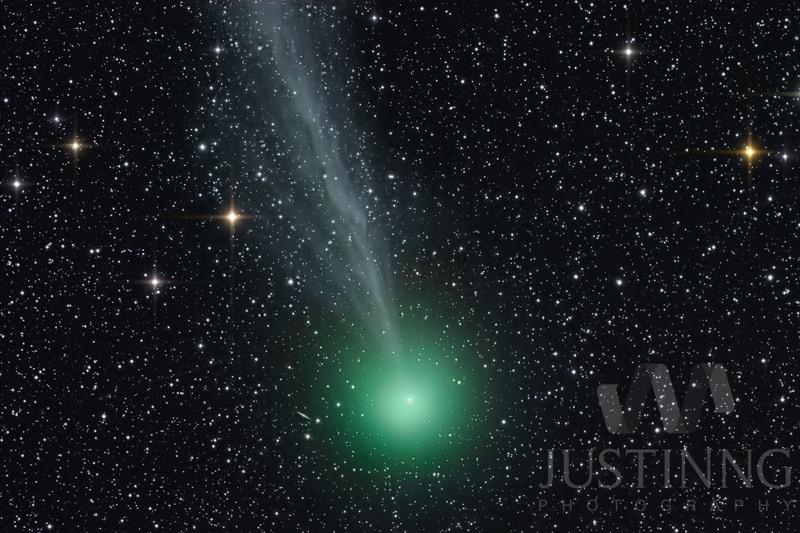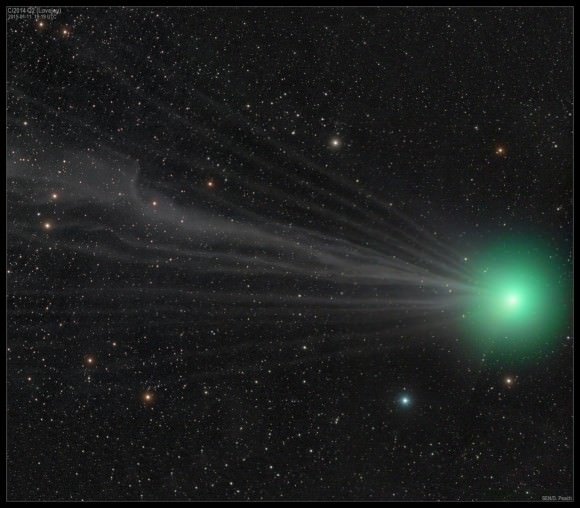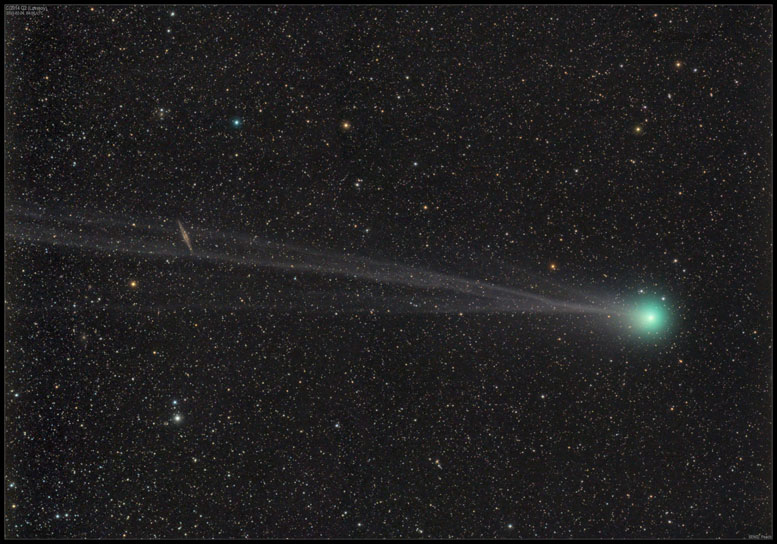Post
by wilddouglascounty » Thu Aug 08, 2024 2:41 pm
Modern digital astronomical image making has opened up capturing the spectacular nature of celestial objects to a much larger number of astronomy buffs than was possible when I was younger, and we are all the richer for it. Not only are these images qualitatively head and shoulders above the imagery I grew up with, the larger number of astrophotographers no doubt are capturing phenomena that would have otherwise been missed. But I also feel a bit of a double edged sword quality to the jump in quality and quantity: My first look through a telescope was at the University of Kansas 6 inch refractor looking at Saturn when I was in grade school. Having seen pictures of it before, I was surprised and a little disappointed at how small Saturn looked through the refractor, but I was hooked nevertheless. I learned my constellations, got a 4/1/2 inch Newtonian reflector from Sears, and checked out from the Library Menzel's Peterson Field Guide to the Stars and Planets to help me learn what to look for and where, and this has led to a lifelong appreciation of the skies using mostly my eyes, a pair of binoculars, and now a 6" reflector or larger ones owned by friends.
The double edged sword side of the changes has to do with the leap between the imagery seen on screens or paper vs what is visible to the naked eye. Menzel's Peterson's Field Guide had very crude photos of the stars, planets and nebulae, but those images were not all that far from what I could see through the eyepiece, and loving dark skies and all they hold became strong and lifelong. While I love all the new imagery and look at APOD daily, I also worry some about how a young kid looks even at a digital image of the Milky Way draped across the sky and compare it to what they see with their own eyes, and fail to bond with it. That's why I like binoculars so much: to show a child the Moons of Jupiter or Saturn, actual craters on the waxing/waning moon, and get lost in the starfields of the Milky Way is the gateway drug to the wonders of a small telescope, where you really ought to pick up the constellations to use well, and then the sky becomes yours for a lifetime. The awe and wonder that all of humanity had before the electric light is lost to most of us, but we can still seek out dark skies if there is motivation to pursue that. Experiencing the skies through our own eyes provides us with both a hard wired sense of awe and probably the original source for science. So I guess my take home message for these meanderings is: don't forget to keep looking at the primary source and help others to do the same: it is an inexhaustible and lifelong source for wonder, an a path to both the past and the future that we all have direct access to if we choose to seek it out.
 Periodic Comet Swift-Tuttle
Periodic Comet Swift-Tuttle



